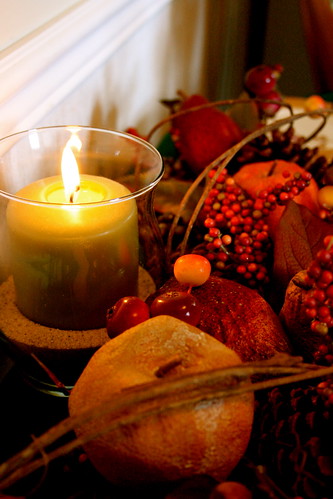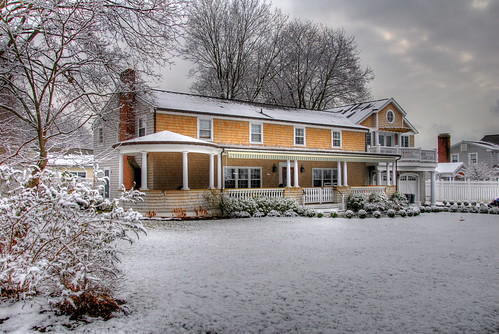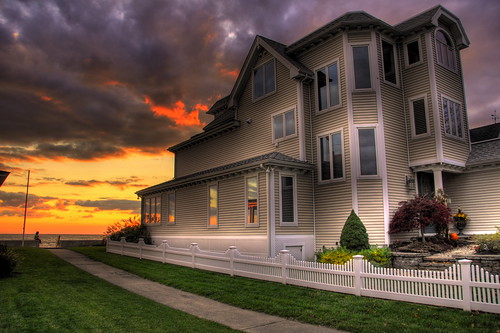
NZLANDSCAPES Garden Photos NZ Landscaping Ideas NZ. LANDSCAPE Designers Auckland., originally uploaded by nzlandscapes.
By : Jimmy Cox
The loveliness of flowering plants needs little embellishment by description. Certainly every gardener seeks the beauty and color that can be brought to his grounds by a variety of flowers. The proper arrangement of flower beds in your garden and attentive care to them can insure you a continuing bloom of lovely flowers year after year. Consideration of the soil requirements for flowers and the proper use of annuals, biennials, and perennials are all discussed below.
Soil Requirements
Preparing the soil for flower beds or borders requires greater care than planting a lawn. For one thing, digging must be deeper. It is not too much to dig the bed 2 feet deep, although 1 1/2 feet is suitable. It is, of course, possible to grow flowers in a shallower bed than this, but the deeper you dig, the better your production will be.
Good loam should be used for the topsoil, e.g., well-rotted manure, humus, peat moss, well-sifted leaf mold or heavy sand. Wood ashes are fine for spring, and lime may be used for loosening the soil. You might think about the character of your soil and consider the particular fertilizer which contains the elements your soil needs most. Should you use manure, be careful not to let it touch the roots of plants.
Annuals
An annual, from the point of view of the amateur gardener, is any plant which must be replaced each year and which flowers only once in its life. Annuals generally are grown from seed. The chief advantage of annuals over perennials is their low cost. Thousands of plants can be grown from a single packet of seeds.
Annuals are also very decorative, and provide the best source of flowers for cutting. Their season of bloom is relatively long, as well. Their chief disadvantage is the late date at which they bloom. If annuals are used alone in a bed or border, a good part of the season will pass with little to show in the way of color.
Biennials
Biennials are generally very beautiful plants, with most attractive flowers. They are somewhat more trouble for the gardener, since they keep growing during their first year and do not bloom until the second. Their great advantage is that their seeding stage produces new plants which will bloom again two years later, making it unnecessary to plant additional seeds.
The biennials are usually planted in early summer and transplanted to good soil when they are large enough to handle. It is a good idea to pot them at this time, particularly in areas where plants cannot be left outdoors all winter. In some cases, they can be transplanted to a coldframe, and then placed in the flower bed the following spring.
Perennials
Perennials are the basic flowers of any garden. Each year they die and renew themselves for the next growing season. They are long-lived and last for many seasons.
Perennials are also, historically, among our oldest plants. They have been cultivated for centuries and often, as a result of breeding and crossbreeding, bear no resemblance to their wild forebears. In some of the perennials, the blossoms have become so specialized through centuries of cultivation that they no longer grow seeds.
Other perennials are continually being developed by amateur botanists and gardeners. As a result of this cultivation and inbreeding, perennials as a rule are not as hardy as other varieties. Another disadvantage is the tendency of certain perennials to die down after flowering, thereby leaving gaps in the garden.
There are a number of ways to solve the problems of short-flowering periods and the resultant unsightly spaces. One way is to intersperse perennials with annuals and other bulbs and flowering plants whose bloom occurs either later or earlier than that of the perennials.
Some perennials are easy to transplant: chrysanthemums, for example, can be moved from one place to another with no noticeable effect on their vigor. This is another way to keep color and bloom throughout the growing season.
With the above tips, you can have a truly beautiful garden all year round. Happy gardening!
About The Author-- You're About Discover The Best Free Landscaping Ideas Of All Time! Click Here For Free Online Ebook http://www.freelandscapeidea.com/>




